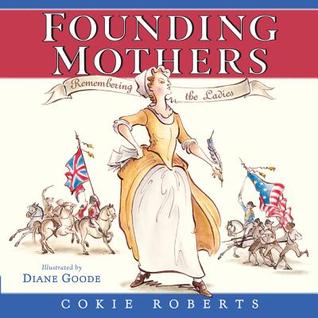Lots of thinking has been swirling around in my head lately. The last few years have been full of learning as I've left the library and gone back into the classroom. As a librarian, I really played around with digital tools and coming back into the classroom, I'm trying to learn how those can better support learning across content. There have been many big ideas that have shaped my thinking over the last few years. I've always watched the work of Harvard's Project Zero and recently have paid attention to their Making Learning Visible work as documenting student learning has always been fascinating to me. This year, I also discovered the video Austin's Butterfly and our class has watched and discussed it a few times as we've learned more about helpful response. And I've been rethinking the ways I use wall space to support student learning after reading Smarter Charts K-2: Optimizing an Instructional Staple to Create Independent Readers and Writers . So I've been thinking about learning and documentation and response and sharing thinking in a way that promotes more learning.
. So I've been thinking about learning and documentation and response and sharing thinking in a way that promotes more learning.
A few weeks ago I read Stephanie Parsons' post on The Sub Sandwich Problem post, a math problem her 4th graders solved and the way response pushed them as mathematicians. We are just becoming comfortable with the concept of fractions and so I gave them a brownie problem:
You and 4 friends are sharing 2 brownies. The brownies are equal sizes. How will you share the brownies so that each of you gets the same amount?
Students solved the problem. This took a while. The entire math lesson took close to 2 hours and the learning was amazing. I bopped around listening to thinking and recording short bits of conversations that captured their problem solving as they worked. After each group solved the problem, they responded to 2 other groups' work using sticky notes around the edges. They responded with things they liked, questions they had and kind suggestions that would make the work better. Then groups went back to change things that they agreed would make their work better.
We shared our work in the hallway and I wanted to see who adding the videos could work.They weren't great videos as I was just capturing them for myself. But I wanted to see how I could improve hallway displays to add to the learning. So I uploaded 3 videos and added QR codes for our display. These are on a district site so only people with the inside link can get to them.
As a class, we watched the videos I posted together and talked about how watching conversation helped them as learners. We also talked about the idea of sharing our work differently in the hallway, to include not only the finished work but the thinking that went with it. We also talked about how things we do with technology don't always lend themselves to sharing in the hallway but we want to make sure to do that differently. So, we just played around with this.
I am working to really rethink the work we share and the ways we share it. I want to take advantage of the tools we have so that we can capture and share things we haven't always been able to share "on the wall". Just playing around with charts and documenting learning in new ways:-)





















